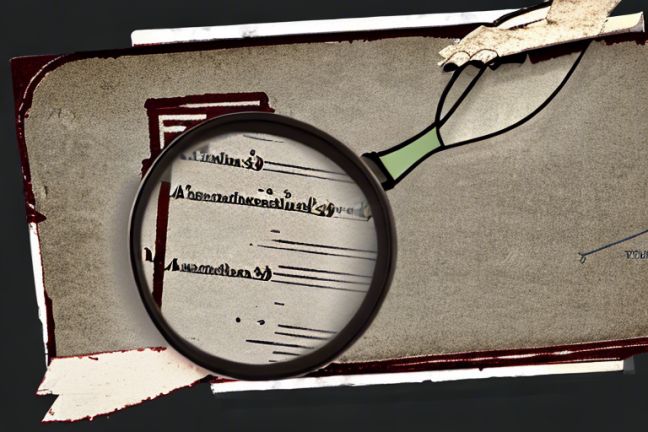The 19th century was a period of religious revival and military transformation in West Africa. At the heart of this movement were Islamic-led jihads—campaigns not only for religious reform but also for political control, justice, and resistance against corruption and colonial threats.
In this blog, we dive into the background of the 19th-century jihad movements, explore key jihad leaders and timelines, and reflect on the powerful role Islam played in resisting both African despots and European encroachment.




